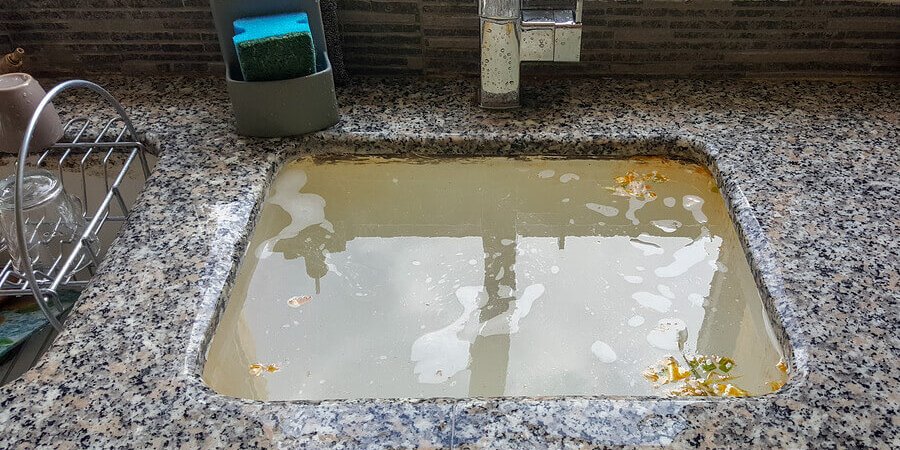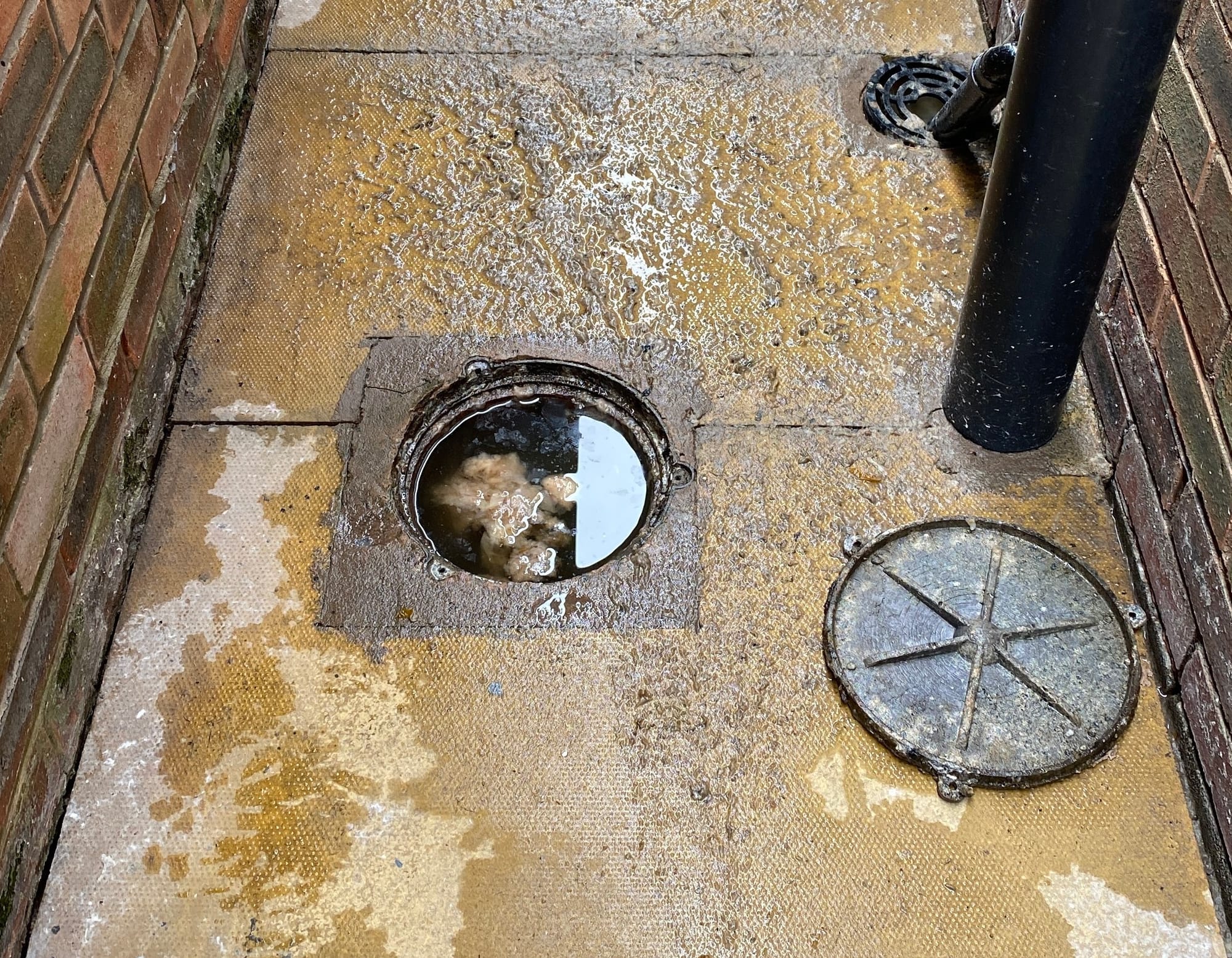The writer is making several great points regarding How to handle a clogged drain in your home as a whole in the article down the page.

Introduction
Handling a blocked drainpipe can be a discouraging experience, interfering with daily tasks and potentially causing damages to your property. Nonetheless, prior to connecting to pipes professionals, there are steps you can require to address the problem on your own. In this guide, we'll explore do it yourself services and safety nets to tackle an obstructed drainpipe efficiently.
Recognizing the Concern
The initial step in resolving an obstructed drain is acknowledging the indications. Slow-moving drainage, gurgling noises, foul odors originating from drains pipes, or water support up prevail signs of an obstructed drainpipe. Determining these indicators early can assist prevent even more complications.
Usual Reasons For Blocked Drains
Understanding the variables that add to drain obstructions is important for efficient resolution. Usual wrongdoers include hair, soap scum, grease, food debris, and international items like hygienic products or paper towels. Tree origins getting into below ground pipelines can also create considerable clogs.
DIY Solutions
For minor blockages, a number of do it yourself options can be reliable. Pouring boiling thin down the drainpipe can aid dissolve grease and debris. Sodium bicarbonate and vinegar or a mix of salt and baking soda can work as all-natural cleansers. Utilizing a plunger or pipes snake to remove blockages is an additional option.
Devices and Tools
Having the right tools available can make DIY drain cleaning up extra reliable. A plunger is a functional tool for getting rid of clogs in sinks, bathrooms, and showers. A pipes serpent or auger can reach deeper clogs, while drainpipe cleansing chemicals can be utilized very carefully for stubborn clogs.
Safety nets
To avoid future blockages, adopting preventive measures is essential. Set up drainpipe guards or filters to capture hair and particles before they enter the pipes. Routinely flush drains pipes with hot water to liquify grease accumulation, and prevent throwing away oil or solid waste down the tubes.
When to Call a Professional
While do it yourself options can fix small clogs, particular indicators show the need for expert assistance. Consistent obstructions, foul odors in spite of cleansing efforts, or multiple drains pipes supporting all at once are red flags that necessitate skilled treatment.
Selecting the Right Plumbing Service
When picking a pipes solution, think about variables such as experience, licensing, and client evaluations. Select a reliable plumbing technician with a performance history of top quality workmanship and clear pricing techniques.
Cost Considerations
The expense of expert drain cleaning services can differ depending on the severity of the blockage and the plumber's prices. Demand quotes from numerous suppliers and ask about any kind of surcharges to make certain transparency and prevent surprises.
Safety Measures
When attempting do it yourself drainpipe cleaning, focus on security. Put on safety gloves and eyeglasses to avoid contact with hazardous chemicals or microorganisms. Never blend different drainpipe cleansing items, as this can create dangerous fumes.
Situation Studies
Real-life instances illustrate the performance of do it yourself services and the importance of timely specialist intervention in dealing with drainpipe blockages.
Verdict
By adhering to the suggestions described in this overview, you can effectively take on obstructed drains pipes and stop future plumbing issues. Whether selecting do it yourself options or seeking specialist assistance, prompt action is crucial to maintaining a healthy and balanced pipes system and maintaining the stability of your home.
How to Clear a Clogged Drain Yourself (And When to Call In the Professionals)
What Can Clog a Drain
Dirt Skin flakes Hair Grease Soap scum Food Offset pipes Tree roots Small objects Mineral buildup DIY Tricks to Unclog a Drain
You can fix this! Once you have identified the source of the clog (or have a vague idea), you can try one or a combination of these fixes in order to clear your plumbing.
Wire Hanger or Snake
Untangle and clear out hair from a drainpipe with a homemade snake. Use a straightened-out wire hanger with a 90-degree angle hook to locate the clog and drag out any unwanted material.
Remember not to push the clog further down to where the wire hanger cannot reach! If you need to follow up with a plunger, give it a try. Your efforts might be more successful after it’s been wire-snaked.
If you want to get fancy and don’t have a wire hanger to spare, head to the store and pick up a hand-operated drain snake. You can get one for $10-$30. It may save you the hassle, and provide additional length to reach deep into the clogged pipe.
Plunger
A cup plunger has a suction cup attached to a wooden handle. The rubber creates a seal around the drain, and increases the pressure force of the plunger.
Plunge for 30-second increments to loosen the clog. This may need to be repeated over the course of 15-20 minutes. Once plunged, run the water to flush the remaining material out of the drain.
Remember– never use a plunger if you have used a chemical drain cleaner. These chemicals can splash up from the force of the plunger and cause serious injury or burns.
Boiling Water
Hot water can sometimes break up materials into a flushable amount. Dirt, grease, and soap buildup requires heat in order to unstick from surfaces.
Take your kitchen kettle and heat your water to a boil. Once it reaches a rolling boil, pour it directly down the drain into the blockage. Carefully follow with plunging, if necessary.
Don’t worry if this takes more than one try! It can often take multiple kettles and repeated plunging in order to clear a particularly stubborn clog.
Chemical Drain Cleaner
As a last resort, pick up a bottle of chemical drain cleaner. Drain-cleaning chemicals are potent, and not very good for the environment.
You may need to wear protective eyewear in gloves before handling your bottle of chemical drain cleaner. Follow the instructions printed on the bottle, and flush with water as soon as the instructions allow. Do not follow with plunging.
Baking Soda and Vinegar
As a safer alternative to chemical drain cleaner, baking soda and vinegar can create a chemical reaction that clears tough clogs.
Combine one cup of cleaning vinegar with one cup of boiling water, and set aside. Once you have done this, pour half a cup of baking soda down the drain. Give the baking thirty seconds to settle and cover a large portion of the problem drain.
Following the baking soda, pour down your vinegar and hot water solution. Once the vinegar and baking soda combine, the mixture will bubble and fix. Let this reaction fizzle in the drain for about an hour.
After an hour, follow with a kettle’s worth of hot water. The heat and liquid should flush out any remaining material.
When to Call a Plumber
If your DIY attempts haven’t cleared your clog drain, it’s time to call in a professional. It’s not worth losing access to your kitchen sink or high-traffic bathroom. A clog in a vital area can keep you from the things you’d rather be doing, and derail your routine.
Anytime a clog is causing water to spread is a time to call in a plumbing service. What starts out as a little bit of water can quickly grow into serious, expensive water damage.
Additionally, a serious clog can result in burst pipes or serious leaks. Make sure you know when to take it seriously!
https://myguysnow.com/how-to-clear-a-clogged-drain-yourself-and-when-to-call-in-the-professionals/

We hope you enjoyed reading our piece on Tips for Dealing with Clogged Drains and Sewer Lines. Thanks a lot for finding the time to read through our article. Sharing is good. Helping people is fun. Bless you for your time. Kindly check our site back soon.
Call